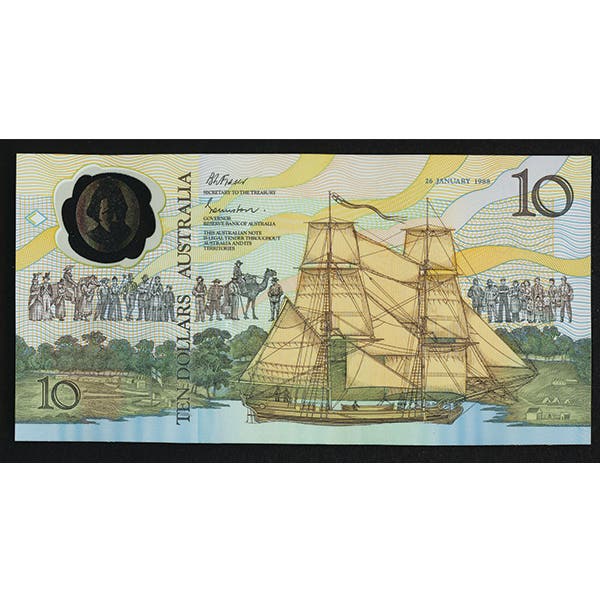The 1793 Liberty Cap Cent
The 1793 Liberty Cap cent, simply based on the date, is a good coin. The only thing likely keeping it from much higher prices is a greater appreciation for how…
The 1793 Liberty Cap cent, simply based on the date, is a good coin. The only thing likely keeping it from much higher prices is a greater appreciation for how tough it really is and the fact that unlike the chain and wreath reverse 1793 cents, the 1793 Liberty Cap is not a one-year type coin.
The year, 1793, was a very interesting one at the United States Mint, as it was its first. Right off the bat, however, there was a problem: officials were not about to post the required $10,000 bond to produce silver and gold coins. The Secretary of State, Thomas Jefferson, spent the year solving this problem. While this continued, all the facility could do was produce copper large cents and half cents. You would think being limited to two denominations would keep problems to a minimum, but back in 1793 problems seemed to find their way to the Mint.
The first of the 1793 cents with the chain reverse seemed a logical pick since the chain reverse had appeared on items such as Fugio cents and Continental currency. But the public went into a frenzy. What had meant unity for years suddenly meant something else and, thus, the chains had to go.
The reverse was changed to a wreath to appease the mob, but the art critics of the day weren’t impressed with Liberty. This is a case where being unable to produce gold and silver might have made a difference. In the summer of 1793, Joseph Wright prepared a Liberty Cap design based on the obverse of Augustin Dupre’s “Libertas Americana” medal produced in 1782 at the suggestion of Benjamin Franklin, except that on the cent the head faces right rather than left.
By the time the Liberty Cap cent was ready, there had already been mintages of 36,103 chain reverse cents and another 63,353 wreath reverse cents. The year was finally winding down and there was only time to produce 11,056 Liberty Cap cents.
Just about everything was working against this new cent. There were virtually no collectors at the time. The saving of other types of 1793 cents had probably been primarily as novelties, but a 1793 cent of any design by late 1793 was no longer a novelty, so none were saved then. The average Liberty Cap 1793 cent just went into circulation, not a good fate for any coin.
It must be remembered that it was the 1790s and there were no cash registers or safe places to put coins. Coins circulating back in 1793 circulated and became damaged – a likely fate for most examples of the 1793 Liberty Cap cent.
Mintage also plays a role in why the 1793 cent is so tough today. Some varieties might have low totals, but no regular-date cent of the period had such a low total. Today, the 1793 is at $6,000 in G-4, even less than the 1793 with the chain reverse. Undoubtedly, the 1793 is the most historic, being the first cent produced by the United States and the first coin actually produced at the new facility.
If, however, you consider the actual numbers, the 1793 Liberty Cap cent emerges in a new light. At Numismatic Guaranty Corporation, they have graded 73 examples of the 1793 with a chain reverse, a total that included about five coins in Mint State. By comparison, the 1793 Liberty Cap cent has been graded by NGC a grand total of six times and none of them were better than VF.
Nor is it just NGC. Professional Coin Grading Service has graded roughly 400 examples of the 1793 with a chain reverse. The total included about a dozen in Mint State. The 1793 Liberty Cap total at PCGS stands at 51, which includes two – an MS-62 and an MS-64 – in Mint State.
The Liberty Cap 1793 cent’s total of just under 60 coins at the two services suggests that it compares with virtually any large cent or even most coins of the period as a major rarity. It may be some time before the Liberty Cap 1793 receives the attention it should get, but it is still a major rarity and at reasonable prices.









